By: Jason Burke.
New Covid-19 cases in Africa up 24% in a week after months in which it appeared to have been spared the worst
South Africa’s health minister has warned of a “storm” arriving and pleaded with the country’s 58 million inhabitants to change their behaviour to slow the spread of Covid-19.
Zweli Mkhize said South Africa was still following an “optimistic” curve, with the peak of the outbreak likely to be lower than predicted, but warned that within weeks there could be a shortage of beds to treat Covid-19 patients, particularly in the country’s most populous and wealthy regions.
“It’s no longer a matter of announcing numbers of confirmed cases. We are now at a point where it’s our fathers, mothers, brothers, sisters, close friend and comrades that are infected,” Mkhize said.
South Africa has registered 225,000 cases of Covid-19, of which 107,000 have recovered and 3,600 have died.
After months when the continent appeared to have been spared the worst of the outbreak, African countries are now recording an accelerating spread of the disease.
John Nkengasong, head of the Africa Centres for Disease Control and Prevention (CDC), said new cases were up 24% in Africa in the past week. “The pandemic is gaining full momentum,” he told a virtual news conference from Addis Ababa.
As of 9 July, Africa had 512,039 confirmed Covid-19 cases, with 11,915 deaths, data from governments and the World Health Organization showed. Egypt, Nigeria, South Africa, Ghana, and Algeria accounted for 71% of infections.
There are fears that a lack of testing and a reluctance among some states to share information has hidden the true spread of the virus on the continent.
In Nigeria, authorities, fearing the economic toll of the pandemic, have in recent weeks relaxed restrictions imposed to prevent the spread of the virus. Confirmed cases in Africa’s most populous nation passed 30,000 on 8 July.
South Africa was widely praised for its early response to the pandemic, which included a strict lockdown and a major programme of community screening to find outbreaks of the virus. However the test and trace strategy has been hindered by a lack of crucial supplies and, although the lockdown is acknowledged to have bought time, the number of daily new cases has soared from about 1,000 in mid-May to 8,800 on 8 July.
Most new cases have been in Gauteng, the richest and most densely populated province, where widespread anxiety has been fuelled by poor communication about local strategies to fight the outbreak.
The provincial government was forced to clarify statements suggesting that more than a million graves were being dug for victims of Covid-19. “We understand that the subject of death is an uncomfortable matter to engage in, however, ensuring that there is adequate burial space in the province, unfortunately, forms part of the reality government must contend with in the battle against Covid-19,” the Guateng health department said on Twitter.
It is often difficult in the disadvantaged neighbourhoods found in many South African cities to follow recommendations on social distancing and handwashing. “What can I do? I wear a mask but we are so crowded here. I have to travel in [communal] taxis and then we do our best but we are all pushed in,” said Lucy Ndlovu, a resident of Alexandra, a Johannesburg township.
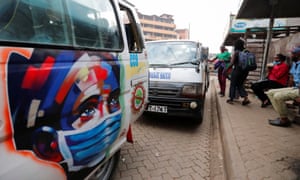
In Kenya, cases are also surging, with more than 8,000 reported infections and 164 deaths. Officials said earlier this week that the school year was considered lost because of the pandemic, and primary and secondary pupils would return in January.
George Magoha, the education minister, said that the curve of Covid-19 infections was expected to flatten only by December.
International flights to Kenya will resume next month, although most countries in Africa are keeping air traffic bans in place.
Governments are trying to balance the need to protect weak healthcare systems from being overwhelmed and allowing hundreds of millions of people to earn their livelihoods.
The African Development Bank (AfDB) has estimated that nearly 50 million Africans could be driven into extreme poverty by the economic fallout of the coronavirus pandemic. The AfDB said that between 24.6m and 30m jobs would be lost this year because of the crisis, with Nigeria seeing the greatest rise in poverty.
Late last month the International Monetary Fund forecast that GDP in sub-Saharan Africa would shrink by 3.2%, and that incomes would drop to levels last seen in 2010.
In South Africa, government analysts have estimated potential job losses from the pandemic could reach 1.8m, with central bankers anticipating an economic contraction of almost a third in the three months since the lockdown was imposed in late March.
In Sudan, a combination of spiralling food prices, inflation, and job losses as a result of the effect of Covid-19 is having a devastating impact, aid agencies say. The lockdown measures designed to prevent the spread of coronavirus have disrupted markets and cross-border trading, crippling livelihoods and pushing up prices. Cereal prices have tripled compared with last year and are about four times higher than the last five-year average.
Arshad Malik, Save the Children’s country director, said some families could break their fast during the holy month of Ramadan only with water, as there was simply no food.
“Even before this pandemic, families were reeling from the effects of decades of conflict, underdevelopment and a weak economy. Now their lives have become even harder. Our team is meeting more and more parents every day who are struggling to put food on the table for their children,” Malik said.
Source of the article: https://www.theguardian.com/world/2020/jul/09/south-africa-warns-of-coronavirus-storm-as-outbreak-accelerates-across-continent
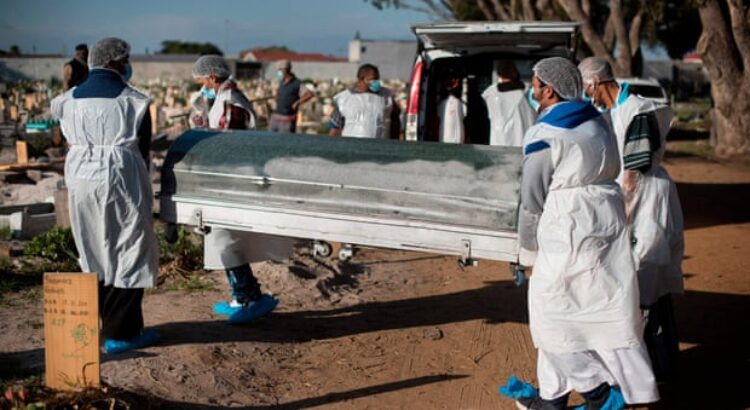
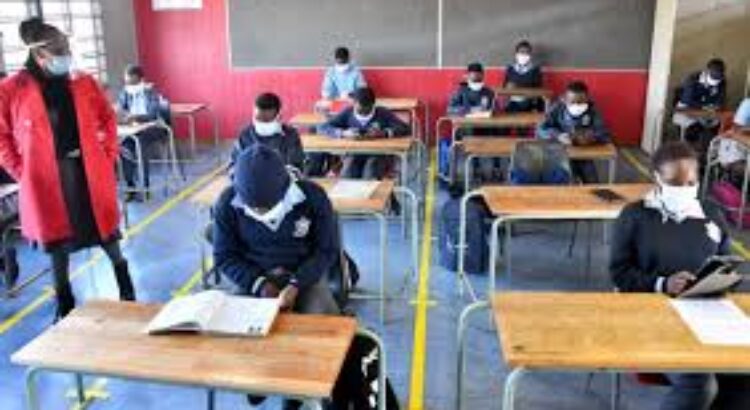
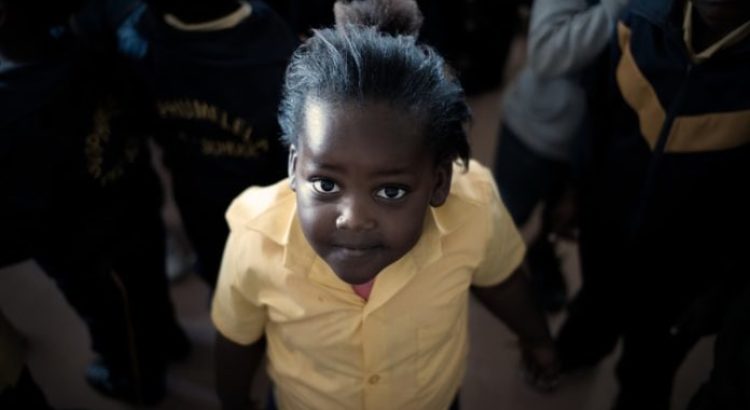

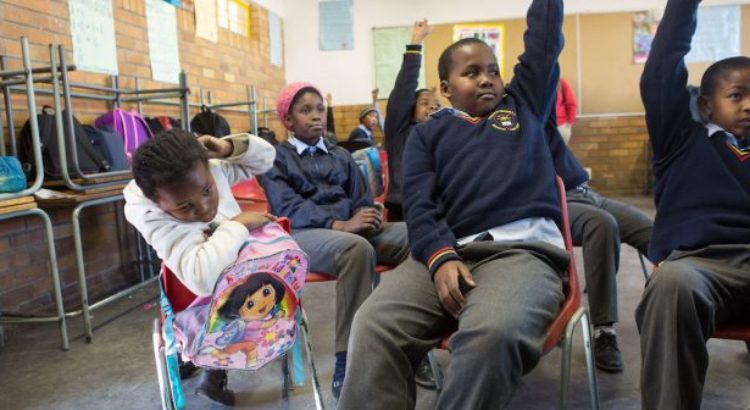

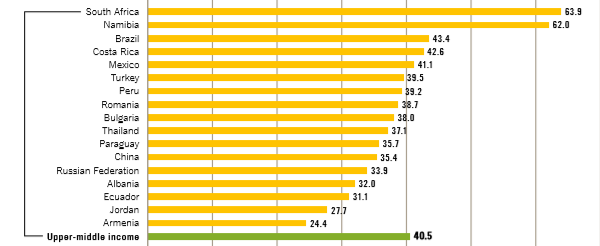



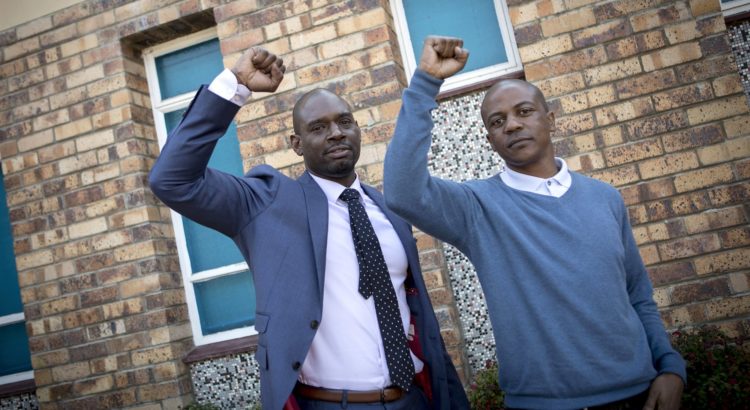
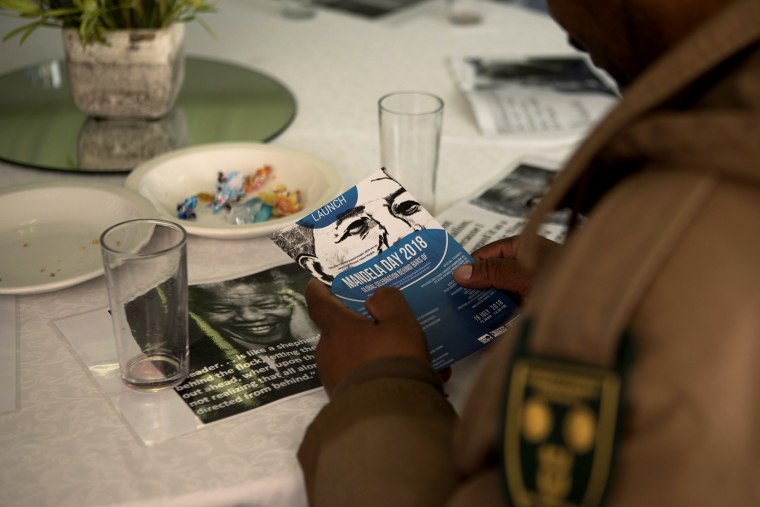
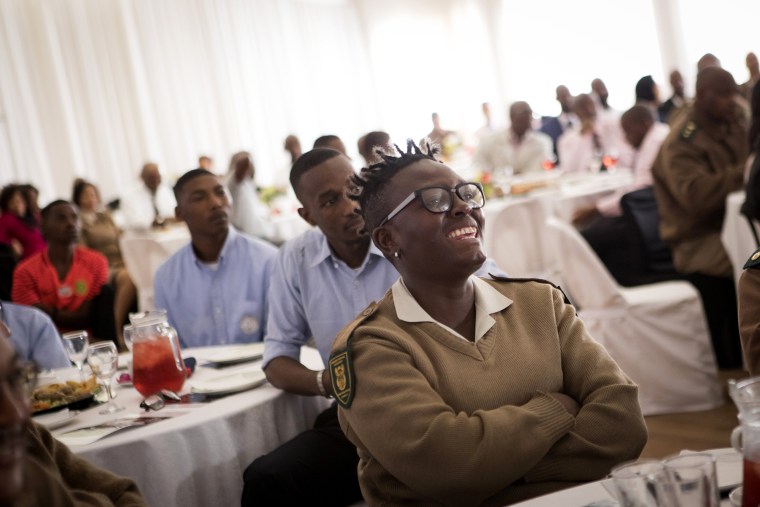
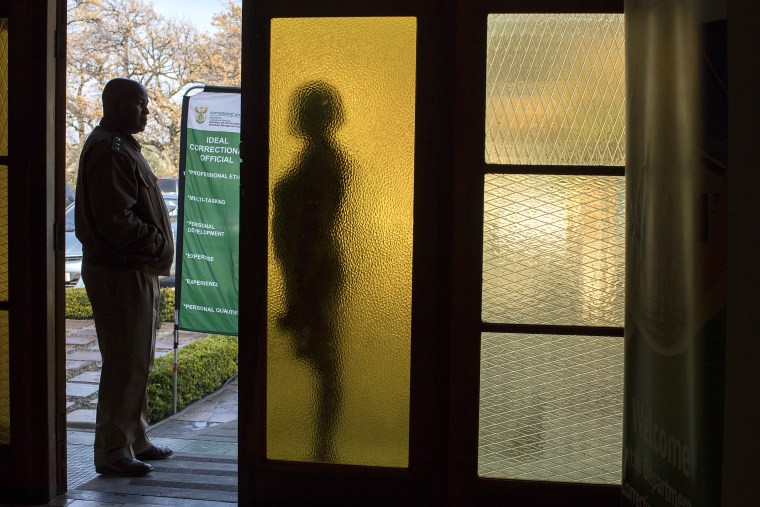
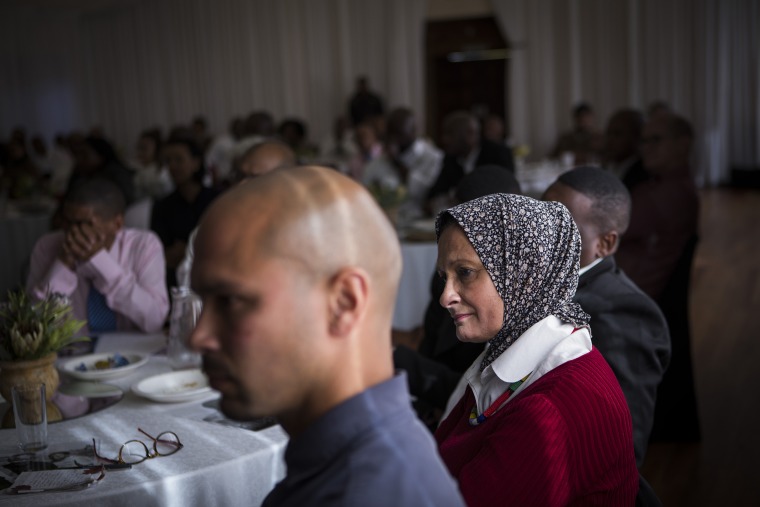
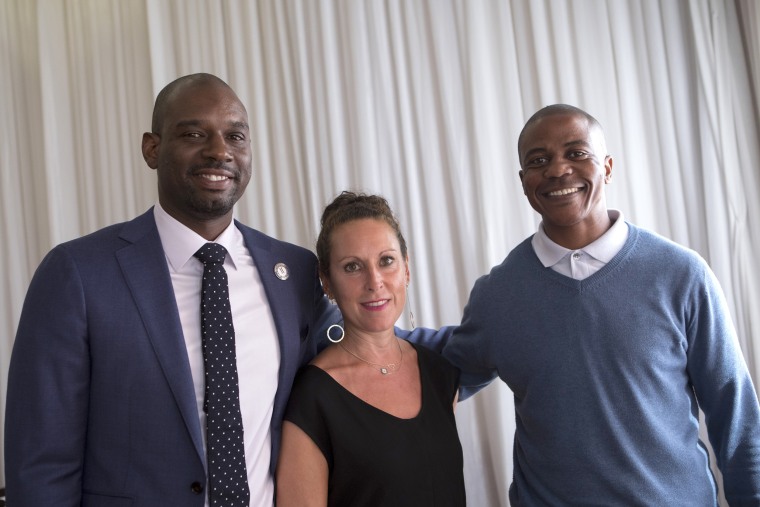






 Users Today : 236
Users Today : 236 Total Users : 35459831
Total Users : 35459831 Views Today : 403
Views Today : 403 Total views : 3418375
Total views : 3418375